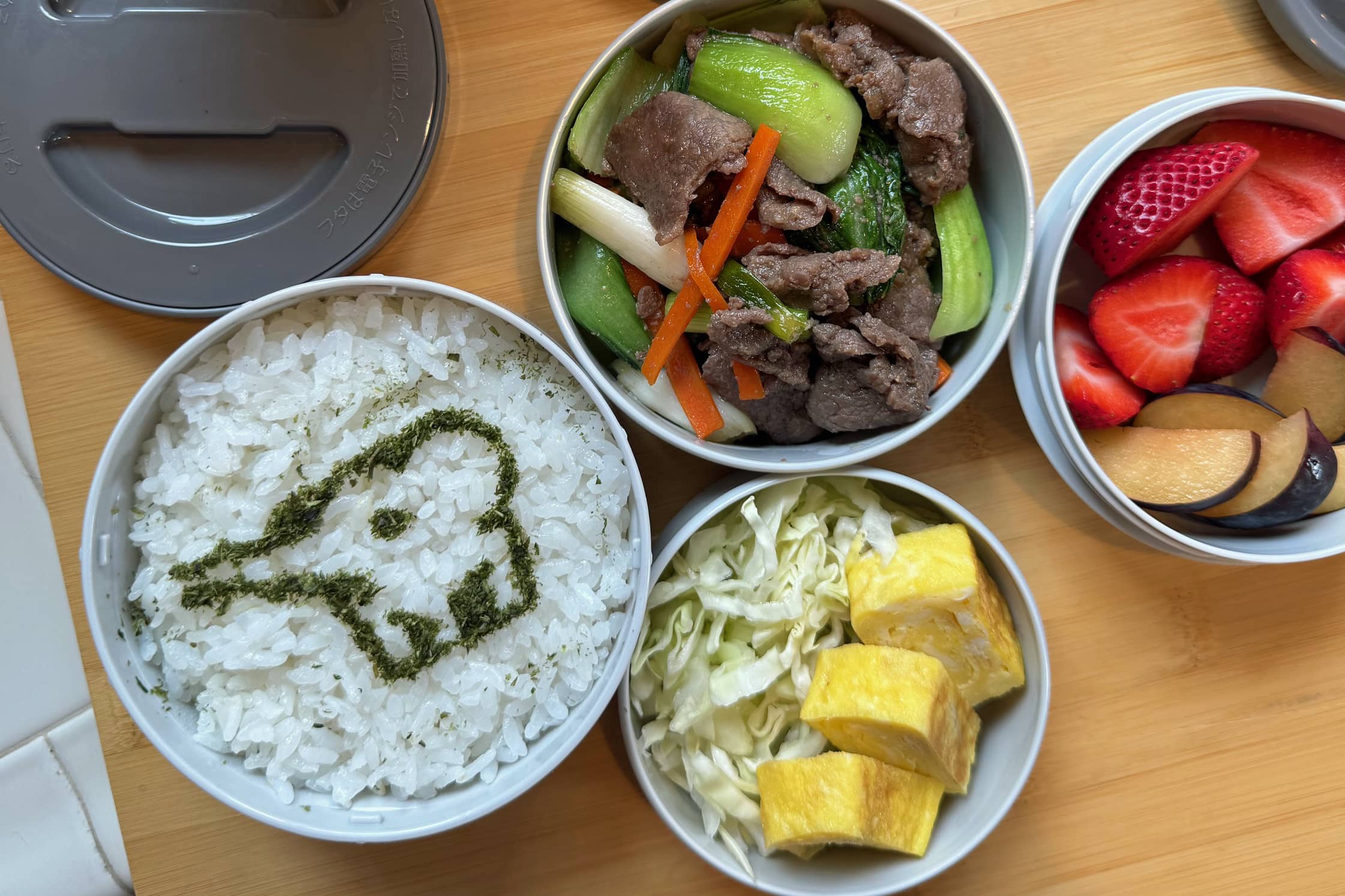Tag: bento

World Elephant Day
Read more: World Elephant DayFounded by a Canadian filmmaker and observed every year on August 12th, World Elephant Day…

The Art of Bento: Delicious On-the-Go Meals with Zojirushi Lunch Jars
Read more: The Art of Bento: Delicious On-the-Go Meals with Zojirushi Lunch JarsHey, Zo Fans! Picture this: delectable meals, fresh and flavorful, no matter where your day…

Plan the Perfect Picnic with Zojirushi’s Insulated Food Jars
Read more: Plan the Perfect Picnic with Zojirushi’s Insulated Food JarsWhether it’s a lunch break, family outing, or a picnic in the park with friends,…
Japanese Bento – Kyaraben!
Read more: Japanese Bento – Kyaraben!We’ve saved the best for our final post in our Japanese Bento series… kyaraben! Character…
Japanese Bento – Ekiben!
Read more: Japanese Bento – Ekiben!One of the most recognizable types of bento are ekiben… and this month, we’re excited…
Japanese Bento – Get ‘Em At Your Local Store!
Read more: Japanese Bento – Get ‘Em At Your Local Store!In case you can’t tell, we love bento! We’re continuing our Japanese Bento series this…

